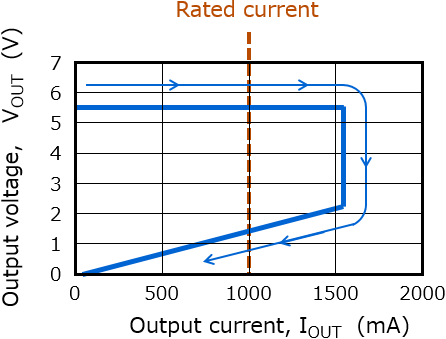- 半導體首頁
-
應用Automotive
Body Electronics
xEV
In-Vehicle Infotainment
Advanced Driver-Assistance Systems (ADAS)
Chassis
IndustrialInfrastructure
BEMS/HEMS
Factory Automation
Commercial Equipment
Consumer/PersonalIoT Equipment
Healthcare
Wearable Device
Mobile
Computer Peripherals
-
產品車用元件
Discrete Semiconductor
Diodes
電晶體
通用邏輯IC
Analog Devices
Digital Devices
Wireless Devices
※
: Products list (parametric search)
功率半導體※
: Products list (parametric search)
隔離器/固態繼電器Photocouplers
Digital Isolators
※
: Products list (parametric search)
MOSFETsIGBTs/IEGTs雙極性電晶體※
: Products list (parametric search)
Diodes※
: Products list (parametric search)
微控制器馬達驅動 ICs智能功率 ICs※
: Products list (parametric search)
電源管理 ICs線性 ICs※
: Products list (parametric search)
通用邏輯 ICs線性影像感測器其他產品其他產品
※
: Products list (parametric search)
-
開發/設計支援
開發 / 設計支援
-
技術知識
- 購買管道
- 型號 & 關鍵字搜尋
- 交叉搜尋
- 參數搜尋
- 線上庫存查詢跟購買
This webpage doesn't work with Internet Explorer. Please use the latest version of Google Chrome, Microsoft Edge, Mozilla Firefox or Safari.
型號需要超過三個文字以上 Search for multiple part numbers fromhere.
The information presented in this cross reference is based on TOSHIBA's selection criteria and should be treated as a suggestion only. Please carefully review the latest versions of all relevant information on the TOSHIBA products, including without limitation data sheets and validate all operating parameters of the TOSHIBA products to ensure that the suggested TOSHIBA products are truly compatible with your design and application.Please note that this cross reference is based on TOSHIBA's estimate of compatibility with other manufacturers' products, based on other manufacturers' published data, at the time the data was collected.TOSHIBA is not responsible for any incorrect or incomplete information. Information is subject to change at any time without notice.
型號需要超過三個文字以上
How does a load switch IC operate if overcurrent protection is tripped?

When overcurrent protection is tripped, a load switch IC operates in foldback current control mode. Foldback is a current limiting feature. When the load is short-circuited, foldback reduces the output current (IOUT) as the output voltage (VOUT) decreases. When VOUT = 0 V, foldback limits the output current to a level that is internally determined by the load switch IC. When the overcurrent condition has disappeared, VOUT returns to the normal level automatically.
Foldback prevents the heating of a load switch IC in the event of overcurrent conditions. Overcurrent protection is tripped when the output current exceeds the rated level. It is thus intended to provide temporary protection. Be sure to shut down a system so that the overcurrent condition does not last for an extended period of time.
Please also refer to the following documents for related explanations.
Application note
FAQ
- How does overcurrent protection work in an LDO regulator?
- How can I suppress inrush current with a load switch IC?
To product list of load switch ICs :
Main web page about load switch ICs
Other information

